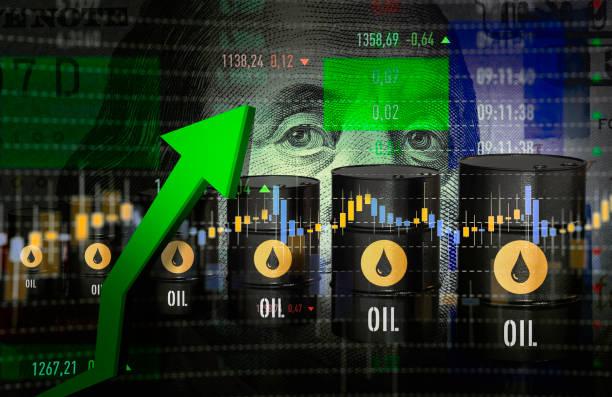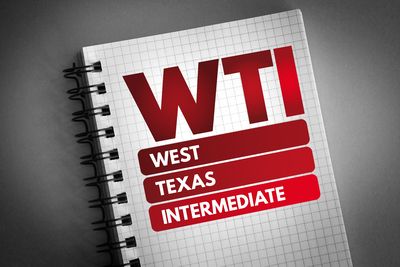Oil Prices Rise on Sharp U.S. Inventory Drop; Trade Deals Take Center Stage

EIA reports a sharp decline in U.S. crude inventories, supporting oil prices.
Trump’s Japan deal lowers tariffs and secures major investments, while investors remain cautious over potential EU retaliation.
Oil prices edged higher during Thursday’s Asian trading session, supported by data showing a sharp drop in U.S. crude inventories, as investors cautiously awaited developments on trade agreements ahead of Donald Trump’s looming deadline.
By 22:18 ET (02:18 GMT), Brent Oil Futures expiring in September rose 0.3% to $68.69 per barrel
West Texas Intermediate (WTI) crude futures gained 0.3% to $65.45 per barrel
Both contracts had fallen over the previous four sessions amid concerns that the approaching August 1 tariff deadline could dampen energy demand.

U.S. Crude Inventories Fall Last Week – EIA
According to the Energy Information Administration (EIA) report released Wednesday, U.S. crude oil inventories dropped sharply last week, driven by higher refinery activity and robust exports, providing support to oil prices.
Crude stocks fell by 3.17 million barrels in the week ending July 19—significantly exceeding analysts’ expectations of a 1.6 million-barrel reduction.
With commercial inventories now approximately 9% below the five-year seasonal average at around 419 million barrels, this considerable decrease points to a tightening supply situation in the market.
Gasoline inventories also decreased by 1.7 million barrels, more than double the forecasted 900,000-barrel decline. Conversely, distillate stockpiles rose by 2.9 million barrels, reflecting routine seasonal replenishment. Following the report, oil prices gained momentum, supported by signs of constrained supply and strong demand within the U.S. market.

Market Eyes U.S. Trade Developments Following Japan Agreement
On Wednesday, President Trump announced a trade agreement between Washington and Tokyo, which includes a 15% tariff on all imported Japanese goods—down from the initially proposed 25%. The deal secured a substantial $550 billion Japanese investment into the U.S. economy and opened Japanese markets to U.S. exports such as automobiles, agricultural products, and energy commodities.
This agreement is the most significant among several trade deals brokered by the White House ahead of the fast-approaching August 1 deadline, strengthening expectations that other countries may also finalize favorable arrangements before then.
Nonetheless, investors remained cautious, focusing attention on negotiations with the European Union, especially after the bloc indicated it might consider retaliatory measures in response to U.S. tariffs.
* The content presented above, whether from a third party or not, is considered as general advice only. This article should not be construed as containing investment advice, investment recommendations, an offer of or solicitation for any transactions in financial instruments.



